Oak Beams, New College Oxford
The beams of the New College, Oxford dining hall come with an amazing story.
The anthropologist/philosopher Gregory Bateson used to tell this story:
Founded in 1379, New College, Oxford is one of the oldest Oxford colleges. It has, like other colleges, a great dining hall with huge oak beams across the top, as large as two feet square, and forty-five feet long each.
A century ago, some busy entomologist went up into the roof of the dining hall with a penknife and poked at the beams and found that they were full of beetles. This was reported to the College Council, which met the news with some dismay, beams this large were now very hard, if not impossible to come by. “Where would they get beams of that caliber?” they worried.
One of the Junior Fellows stuck his neck out and suggested that there might be some worthy oaks on the College lands. These colleges are endowed with pieces of land scattered across the country which are run by a college Forester. They called in the College Forester, who of course had not been near the college itself for some years, and asked him if there were any oaks for possible use.
He pulled his forelock and said, “Well sirs, we was wonderin’ when you’d be askin’.”
Upon further inquiry it was discovered that when the College was founded, a grove of oaks had been planted to replace the beams in the dining hall when they became beetly, because oak beams always become beetly in the end. This plan had been passed down from one Forester to the next for over five hundred years saying “You don’t cut them oaks. Them’s for the College Hall.”
A nice story, one which raises an immediate question, “What about the next time? Has a new grove of oaks been planted and protected?”
The answer to this is both yes and no. The truth of the story, is that there was probably no single patch of trees assigned to the beams. It was standard practice for the Foresters to plant oaks, hazel, and ash. While they would harvest the Hazel and Ash every twenty years or so, they allowed the oaks to grow quite large for use in major construction work. (The oaks were also occasionally used in ship building.)
Additionally, the trees from which the oaks used to rebuild the hall came from land that was not acquired by the college until 1441, nearly sixty years after the hall was originally built, and the roof of the hall had already rebuilt once before in 1786 using pitch pine timbers, because the large oak timber was apparently unavailable.
The answer to the question, have new oaks been planted, is probably. Somewhere on the land owned by the New College are oaks that are, or will one day, be worthy of use in the great hall, assuming that they are managed in the same way they were before. It is in this management by the Forester in which lies the point. Ultimately, while the story is perhaps apocryphal, the idea of replacing and managing resources for the future, and the lesson in long term thinking is not.
In conjunction with the Long Now Foundation. Modified from original video and text by Stewart Brand at the Long Now Blog.
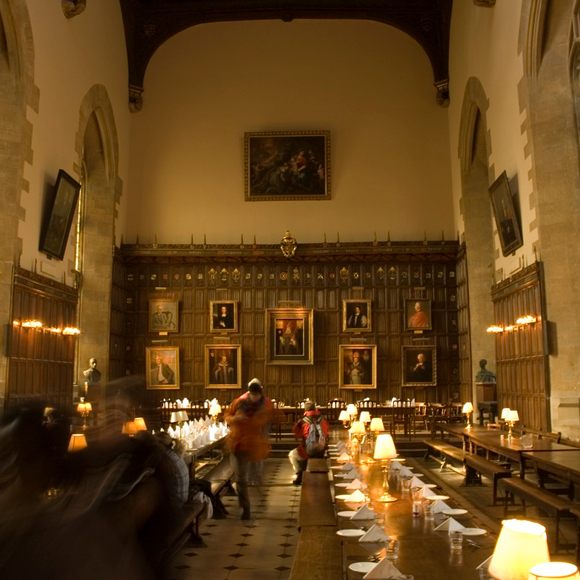


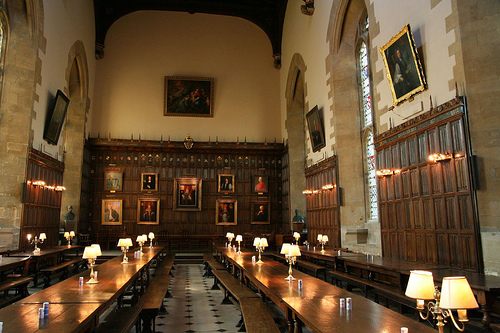
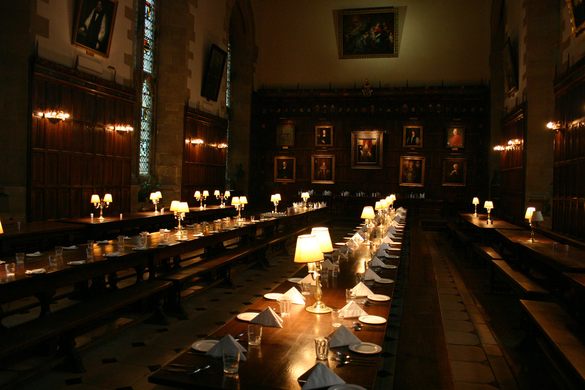






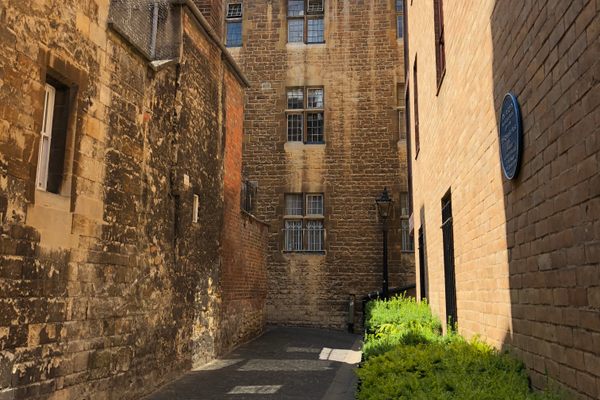
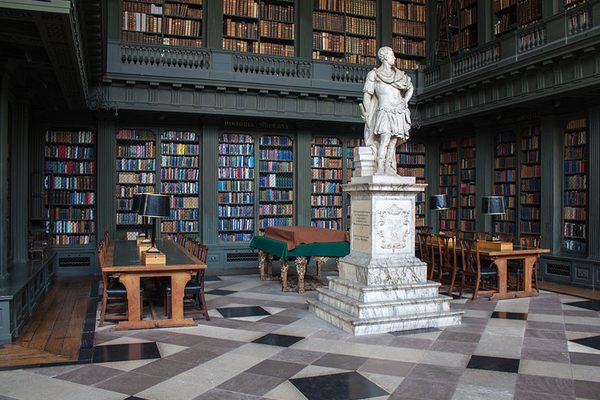





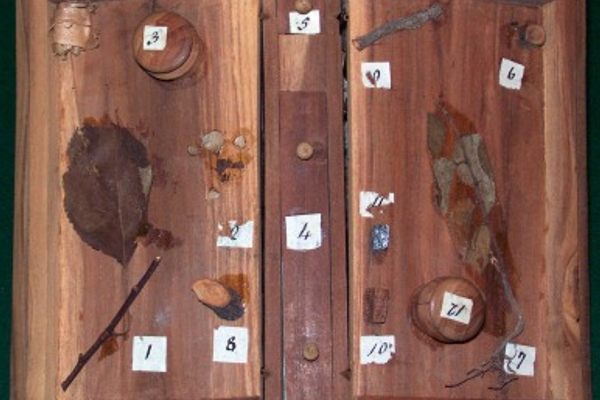

Follow us on Twitter to get the latest on the world's hidden wonders.
Like us on Facebook to get the latest on the world's hidden wonders.
Follow us on Twitter Like us on Facebook